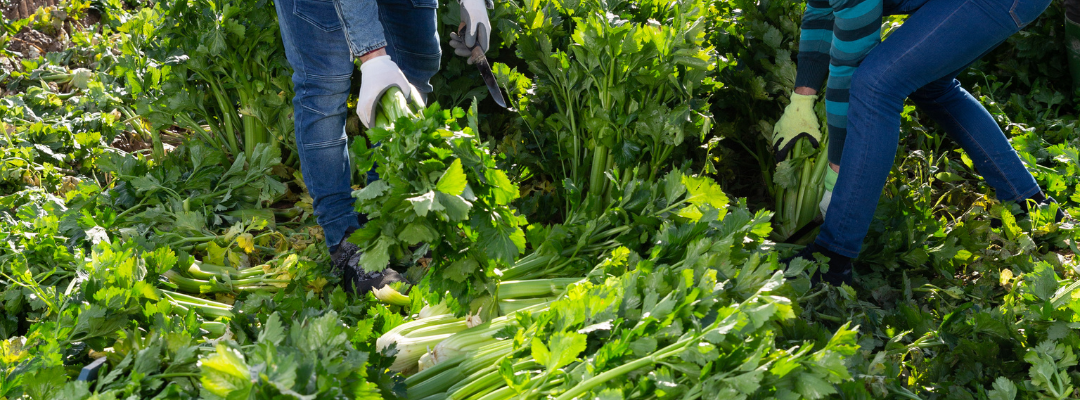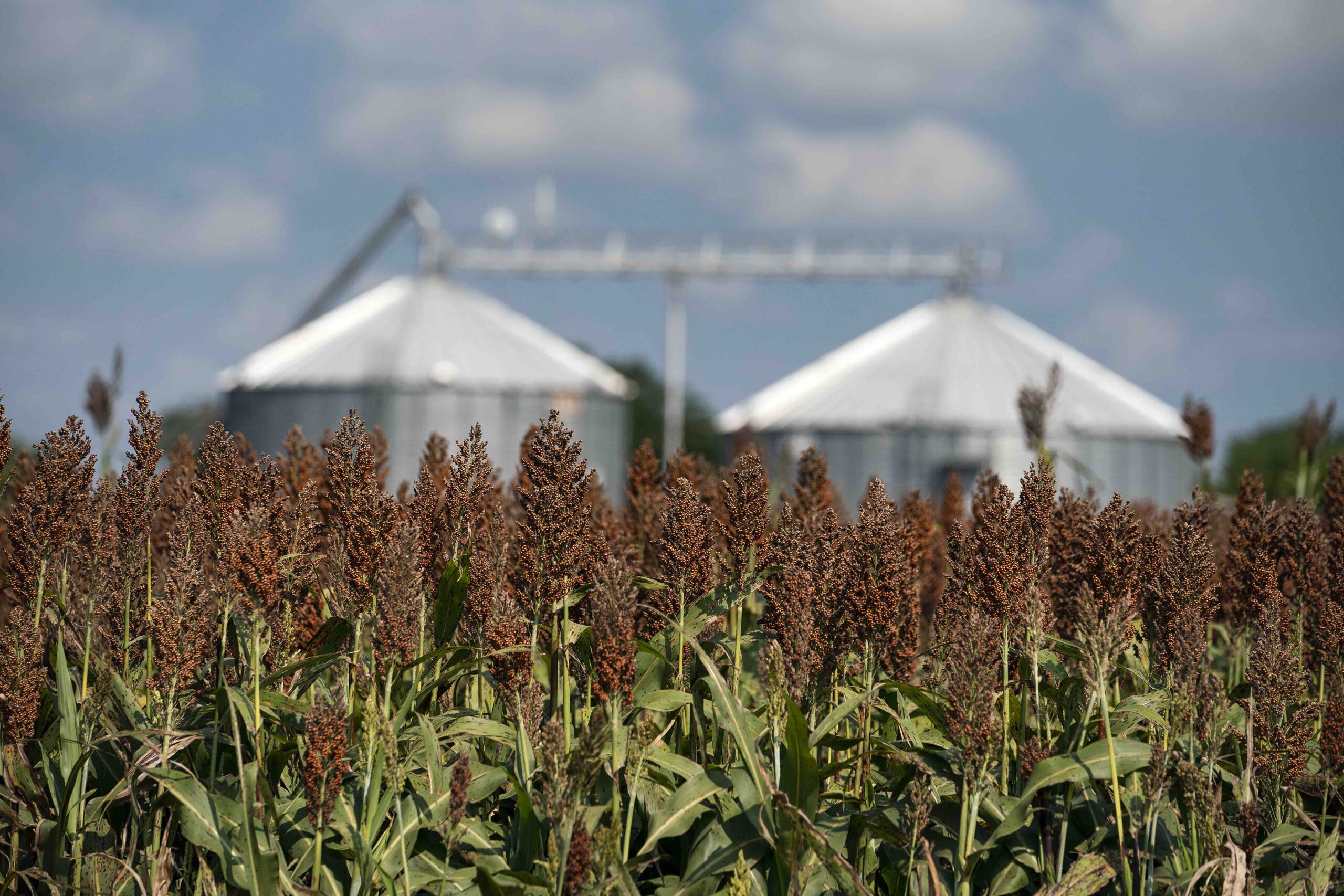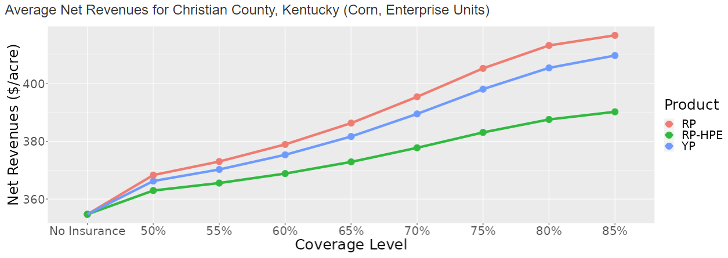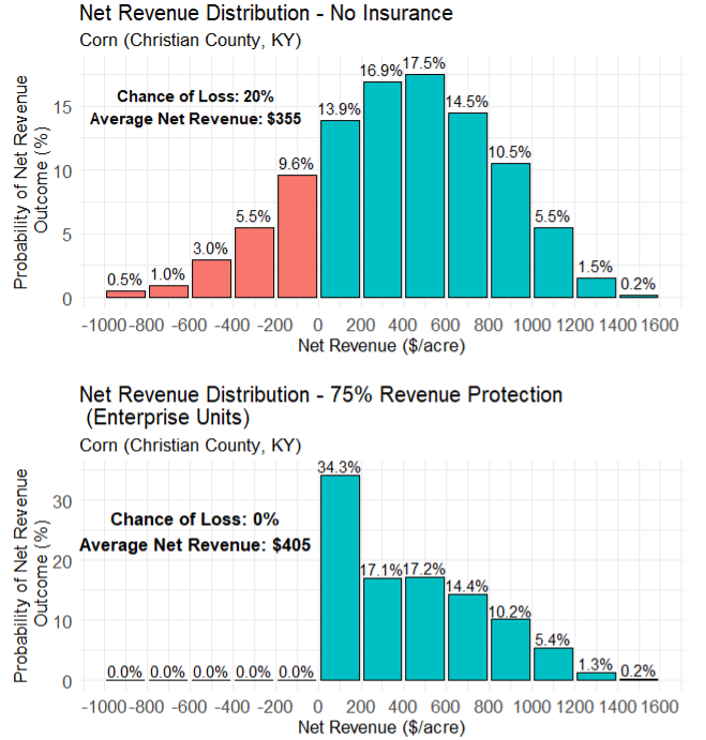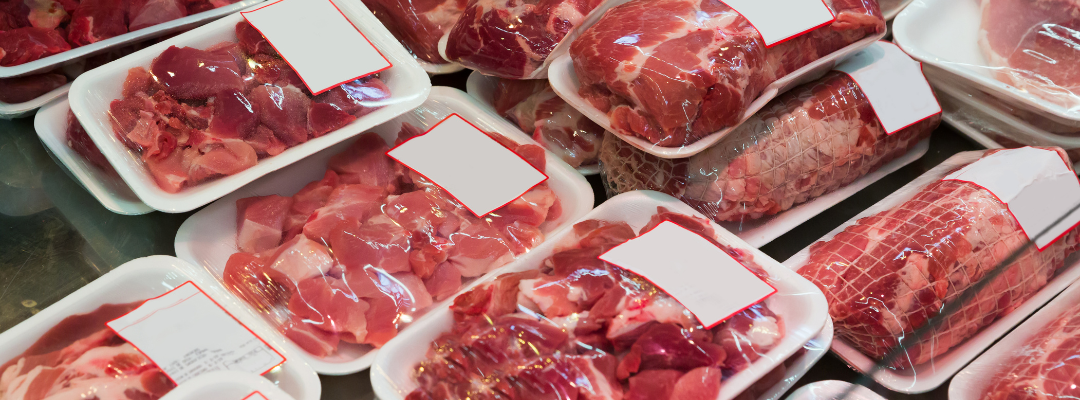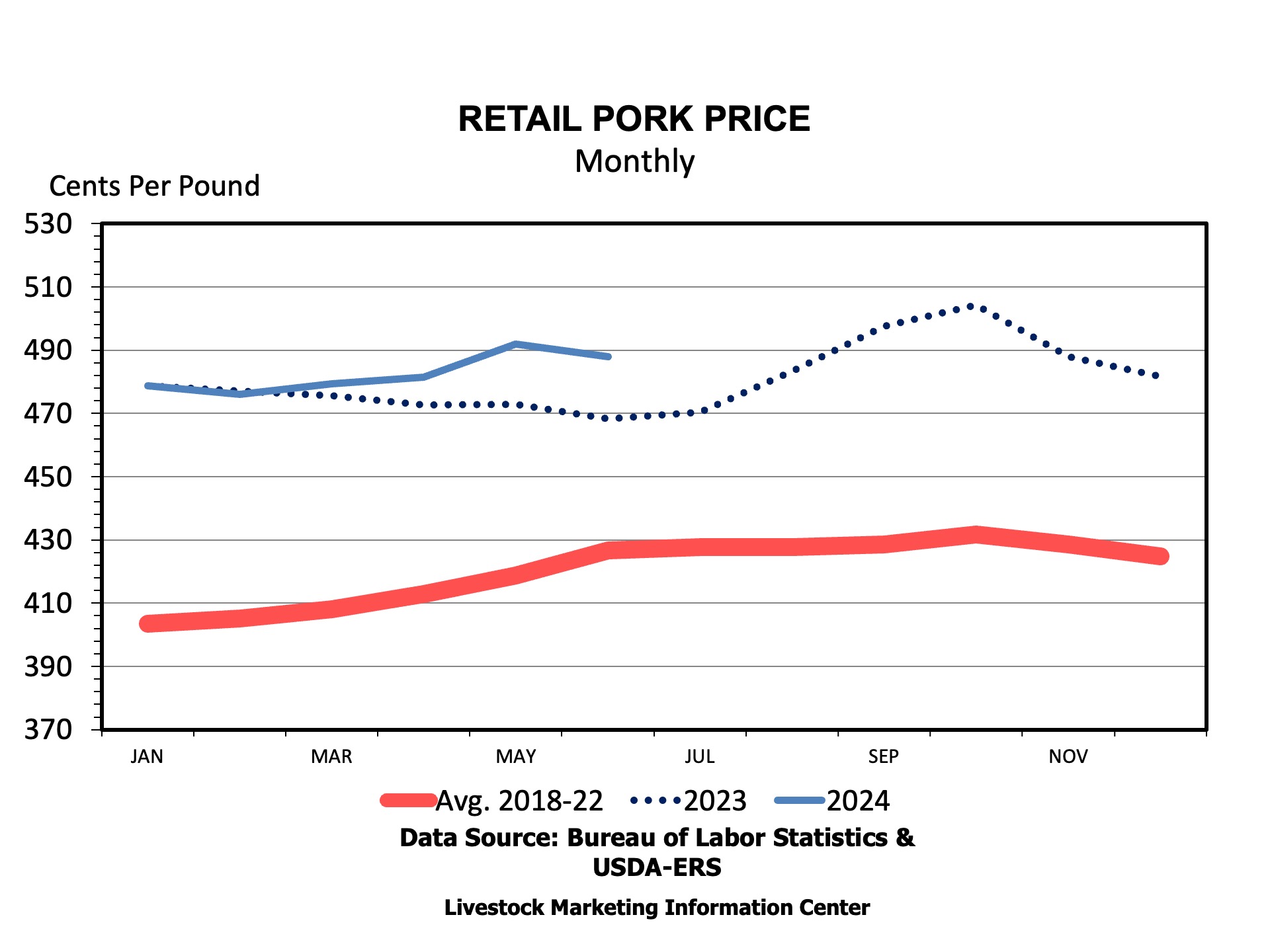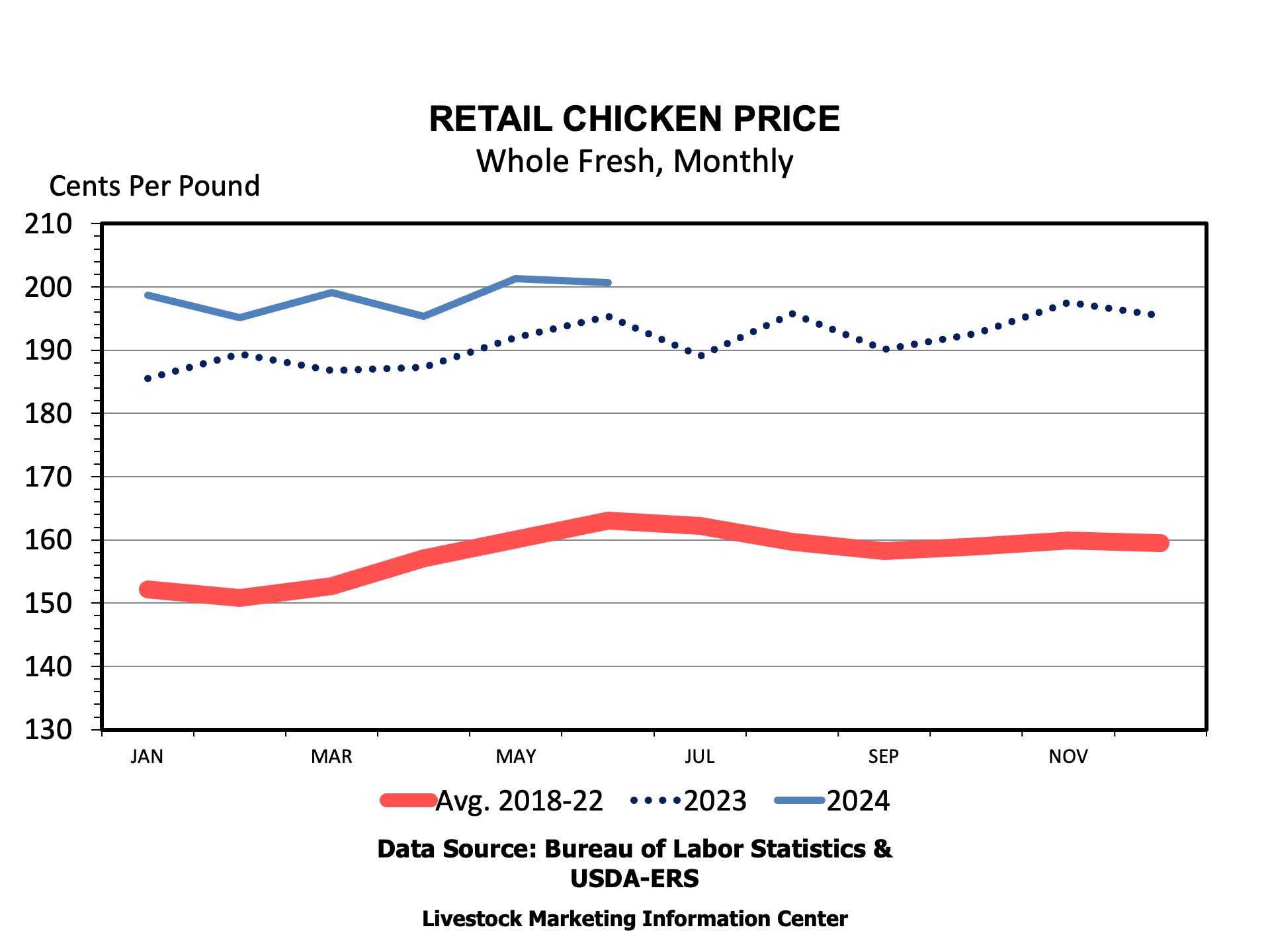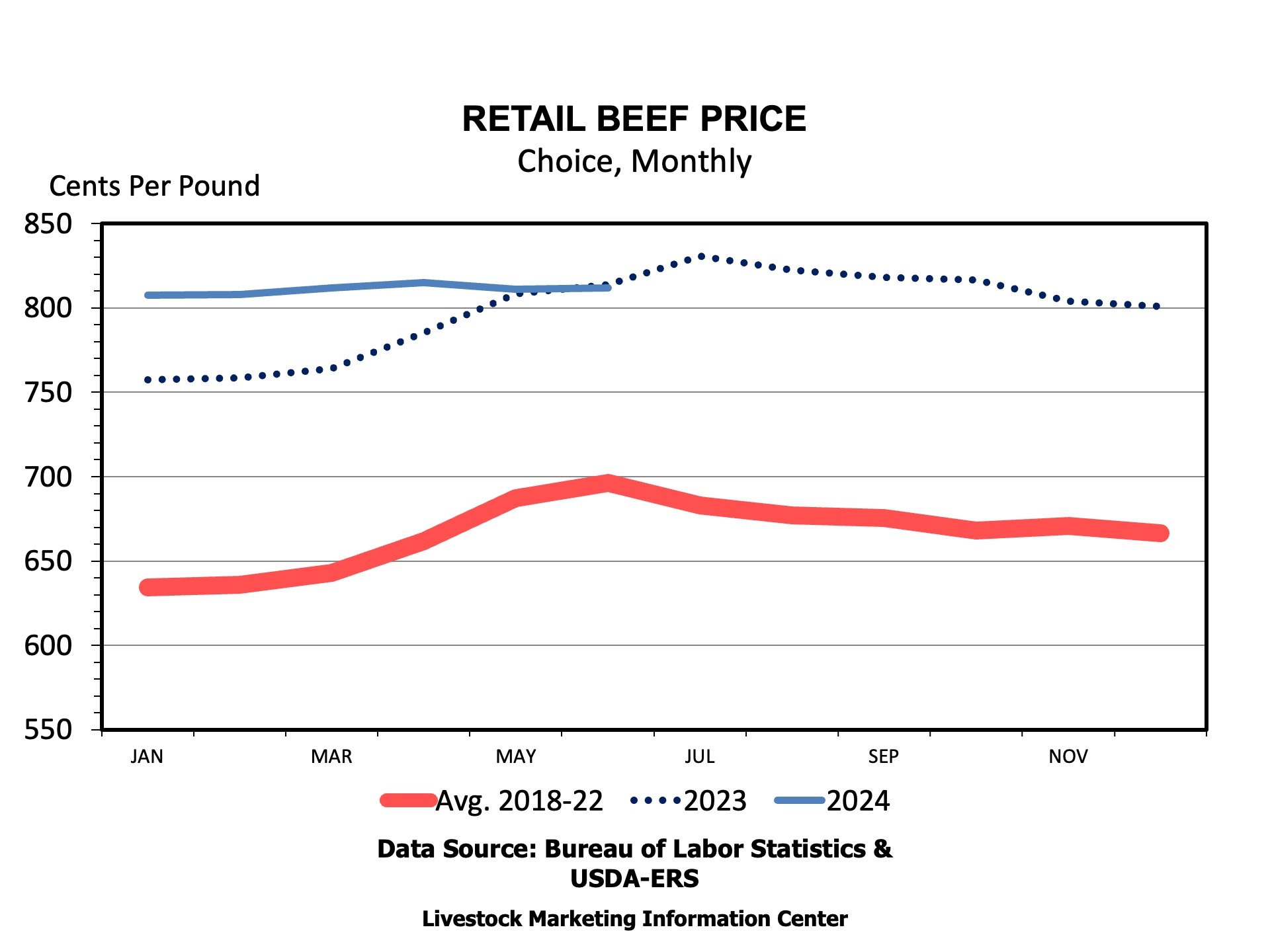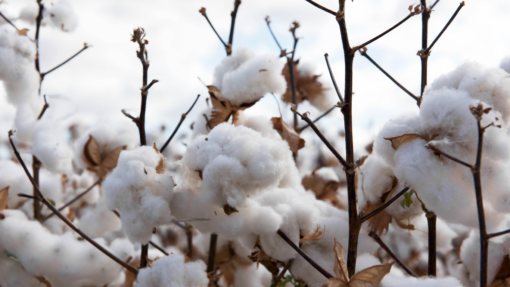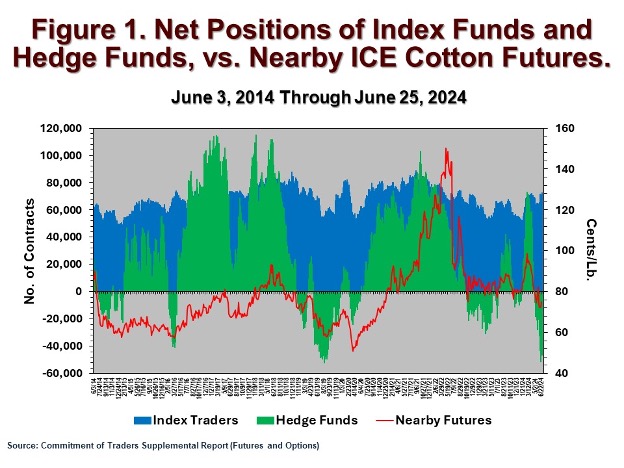Labor is in high demand for agriculture in the United States (“U.S.”) and the H-2A visa program is an important component of this critical issue. Over the last few years, there has been a growing interest in amending regulations related to the H-2A program. On September 15, 2023, DOL issued a notice of proposed rulemaking in the Federal Register to amend its regulations governing the H-2A visa program. The proposed rule went through a sixty-day comment period, and now DOL released its final rule.
The H-2A program is a visa program for temporary and seasonal agricultural workers authorized through the Immigration and Nationality Act. The purpose of this program is to meet the U.S. agricultural labor needs by allowing employers to employ temporary foreign workers. To qualify for the program, an employer must “offer a job that is of a temporary or seasonal nature, demonstrate that there are not enough U.S. workers who are able, willing, qualified, and available to do the temporary work, show that employing H-2A workers will not adversely affect the wages and working conditions of similarly employed U.S. workers, and submit a single valid temporary labor certification from the U.S. Department of Labor with the H-2A petition”. U.S Citizenship and Immigration Services, H-2A Temporary Agricultural Workers.
On April 26, 2024, DOL announced it had finalized its “Improving Protections for Workers in Temporary Agricultural Employment in the United States” rule. The purpose of the rule, as laid out by DOL, is to promote employer accountability and to “ensure farmworkers employed through the H-2A program are treated fairly, have a voice in their workplace, and are able to perform their work safely.” DOL adopted most of the provisions in the proposed rule as they were proposed and modified or added other provisions. The final rule addresses multiple areas – increasing protections for workers who advocate for better working conditions, creating new or clarifying existing definitions critical to the H-2A program, and measures related to transparency in the H-2A program.
The final rule adopted the proposed provisions that will add protections for workers who self-organize to change working conditions. Under the final rule, employees will be protected from intimidation, threats, restraint, coercion, or any forms of discrimination for self-organization. Additionally, the final rule adopted the proposed provision preventing employers from restricting employees from granting access to their living quarters, common areas, and outdoor spaces to guests during nonproductive times. Under the final rule, employers would be able to impose reasonable restrictions on access to living quarters, common areas, and outdoor spaces, for worker safety or enjoyment of housing.
The proposed rule clarified that an H-2A worker may be terminated for cause, for failing to meet productivity standards or failing to comply with employer policies or rules. The final rule adopted this provision and added an additional reason employers may terminate a worker for cause. Under the final rule, an employer may also terminate an H-2A worker for “failing to satisfactorily perform job duties in accordance with reasonable expectations based on criteria listed in the job offer.” The proposed rule outlined six criteria that must be satisfied for an employer to terminate an employee for cause, and the final rule adopted the following five criteria:
- “The employee has been informed (in a language understood by the worker) of the policy, rule, or productivity standard, or reasonably should have known of the policy, rule, or productivity standard;
- Compliance with the policy, rule, or performance expectation is within the workers’ control;
- The policy, rule, or performance expectation is reasonable and applied consistently to the employer’s H-2A workers and workers in corresponding employment;
- The employer undertakes a fair and objective investigation into the job performance or misconduct; and
- The employer corrects the worker’s performance or behavior using progressive discipline, which is a system of graduated and reasonable responses to an employee’s failure to satisfactorily perform job duties or comply with employer policies or rules.”
Lastly, the proposed rule and now the final rule seeks to provide transparency on the wages paid to H-2A employees. First, the proposed rule would require that employers disclose applicable rates in the job order, including any piece rate or the highest applicable hourly rate. This provision was adopted in the final rule. Additionally, the final rule adds a minor change to the proposed provision that requires employers to pay workers daily during a delay. The change adds that employers must pay employees for minor delays, which are identified in the final rule as less than fourteen days. Under the final rule, if the employer does not notify the employee or state workforce agency of a delay within the required timeframe, the employer must pay the highest hourly wage under the offered wage rate regulations. Lastly, the final rule adds provisions amending the job orders and wage rates for herding and range livestock jobs. Under the final rule, all applicable rates of pay must be included in the job order and employers may prorate the wage rate in specified circumstances.
The rule went into effect on June 28, 2024. However, only applications for H-2A employer certifications submitted to DOL on or after Aug. 29, 2024, will be processed according to the new rules.
Capaldo, Samantha. “Department of Labor Finalizes New H-2A Regulations.” Southern Ag Today 4(29.5). July 19, 2024. Permalink
